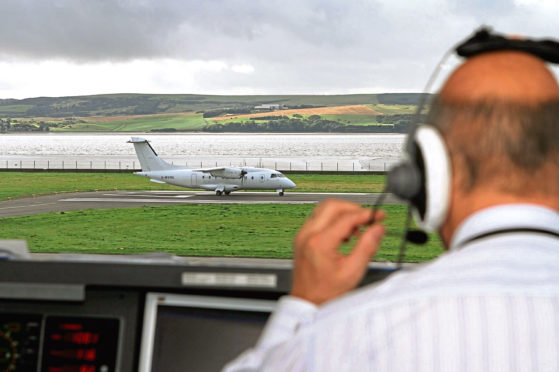The centralisation of air traffic control for Scotland’s smaller airports will make them “safer”, transport secretary Michael Matheson said.
Calls were made to halt the decision, which would see air traffic control for five airports, including Dundee, operated from Inverness.
The Liberal Democrats claimed 82% of operator HIAl’s staff have previously stated they would consider leaving the organisation.
Mr Matheson said: “Provision of air traffic control services is changing across the world.
“There is an unprecedented demand for controllers and a move from traditional practices to more modern working, including digital working.
“Those new working practices, views on safety and level of service and new regulatory frameworks are creating a different ATC environment that all airports must adapt to if they are to continue to operate in the future.
“The current practice of HIAL will not meet future operational or regulatory requirements, the current infrastructure is not suited to modern working and the current arrangements have weaknesses that ensure that there are challenges in terms of the reliability and sustainability of services, going forward.
“Although the current arrangements are safe, there is an opportunity to make them safer and, at the same time, to achieve greater efficiency through reducing emissions from aircraft operation.
“We need to be very clear – HIAL will introduce only arrangements that enhance safety. The new technology will improve visibility for controllers and ensure that they can see an aircraft at all times, which is not always the case at present.
He continued: “The remote towers and centralised surveillance option, in conjunction with controlled air space, was recommended by Helios as the most appropriate for HIAL and the best suited to HIAL’s multi-airport structure and particular needs.
“I recognise not all air traffic controllers are supportive of the change, which is understandable.
“However, the change presents an opportunity to move in a direction that is in line with the rest of the industry on provision of air traffic control services, to ensure HIAL can meet the regulatory change it will face in the years ahead to deliver a more resilient service than exists at present.
“The change will also future proof the service with the latest technology, which will benefit service users in the years ahead.”










